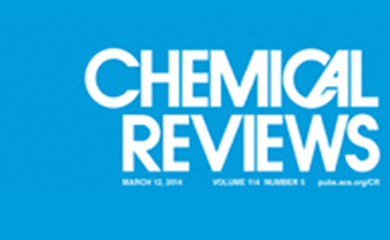DNA polymerases are essential for the repair and replication of genomic DNA. These enzymes must rapidly bind and incorporate the correct deoxynucleoside triphosphate (dNTP) from a pool of chemically and structurally similar molecules in a template-dependent manner to ensure high-fidelity DNA synthesis. Appropriately, DNA binding precedes nucleotide selection. In recent years, a wealth of structural information, primarily from crystallographic structures, characterizing the structure of DNA polymerases from diverse sources has hastened our molecular understanding of the critical and essential role they play in faithful genome replication and repair. On the basis of primary sequence, DNA polymerases are grouped into families.
This review seeks to assimilate structural information across DNA polymerases families to uncover molecular attributes that facilitate nucleotide binding and catalysis. We analyze structural similarities and differences between representative DNA polymerases from different families. By performing multiple structural alignments on 15 polymerase ternary substrate complex crystal structures, the alignment confirms that the catalytic cores are conserved between families. It includes two key active site metal ions along with two critical bridging aspartate residues and one variable acidic residue (aspartate or glutamate) that coordinate these metals. These elements, as well as the incoming nucleotide, are highly conserved in structural space between polymerase families. Several other charged residues are conserved among catalytic cores across polymerase families. Importantly, we describe a tubular “channel” leading from the enzyme boundary to the active site of the polymerases in three families: A, B, and X. The lack/presence of this channel suggests that the mechanism of mobilizing a dNTP for insertion may differ across polymerase families. In addition, domains other than the polymerase domain play a role information of this channel. The features of DNA synthesis may depend on how the molecular architecture of the channel affects substrate (right and wrong) access and product (PPi) release. After a general description of DNA polymerase architecture and the active site for each family, we discuss dNTP diffusion into the active site.

